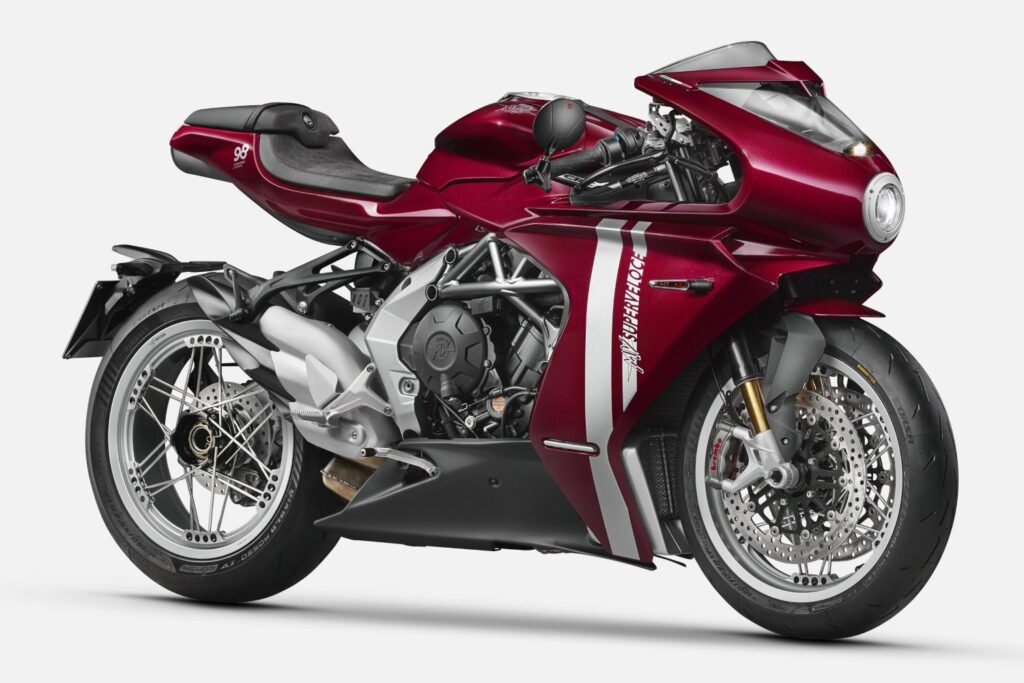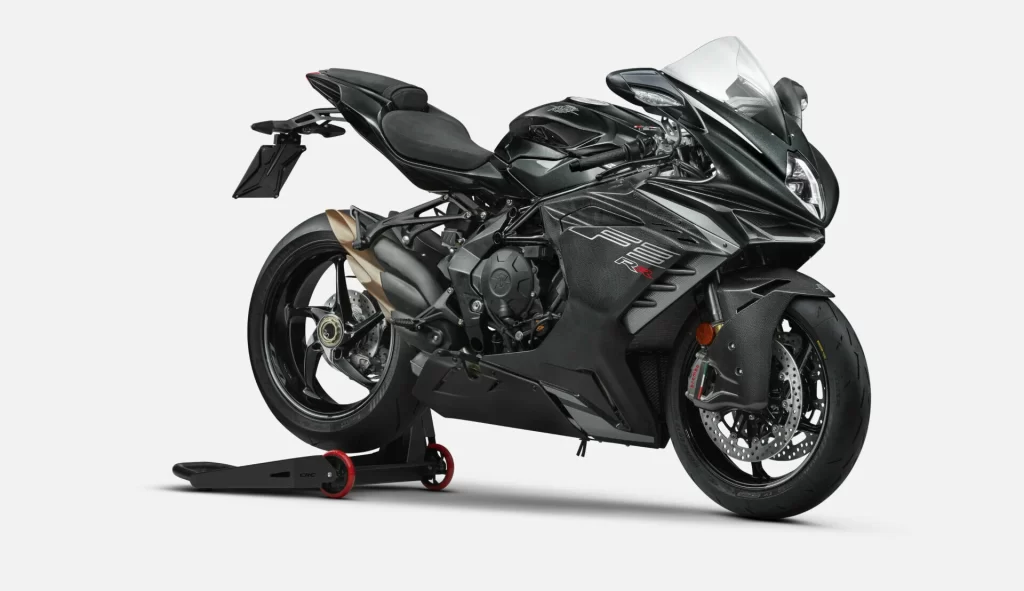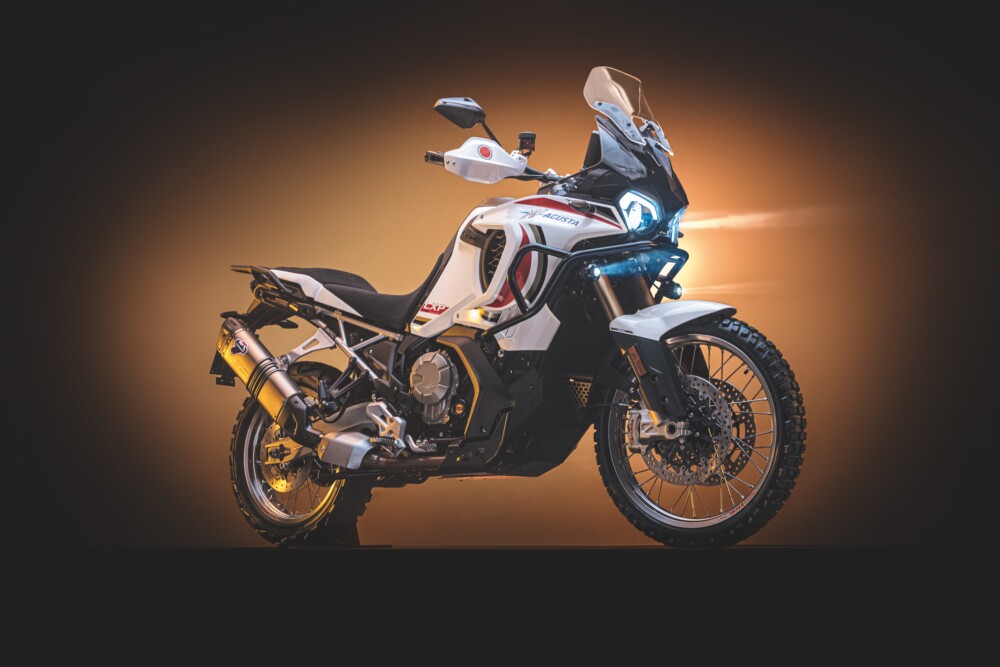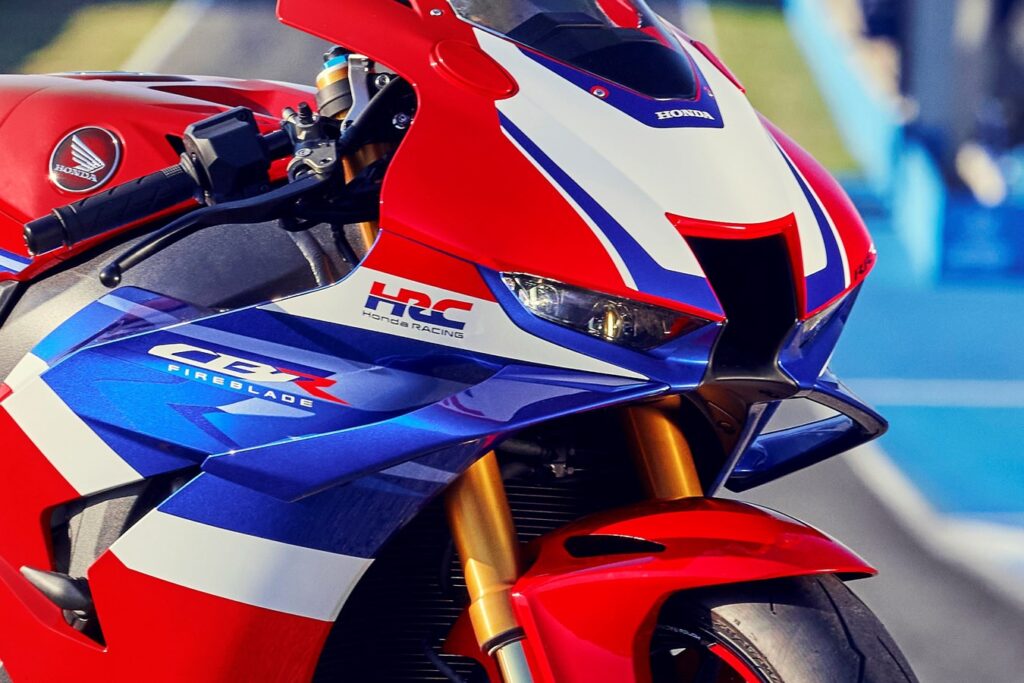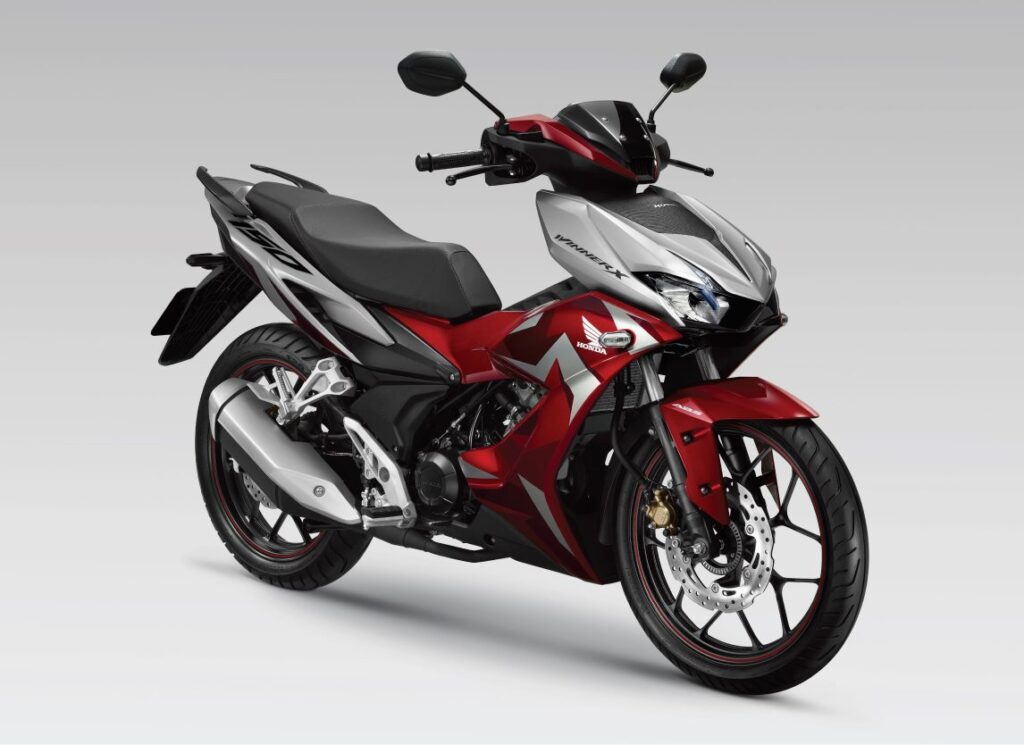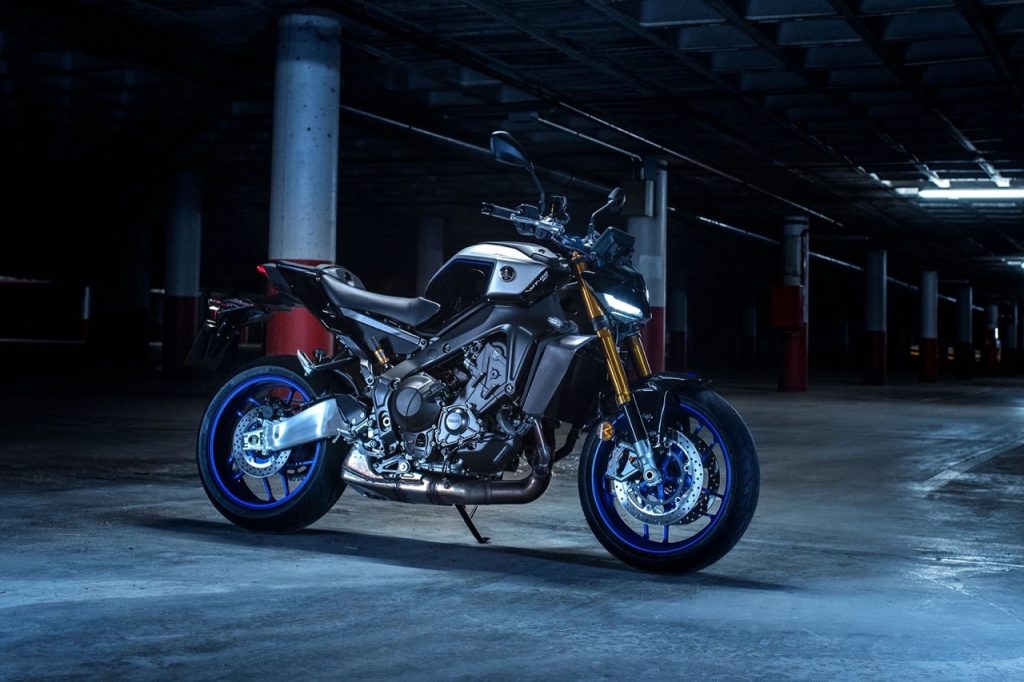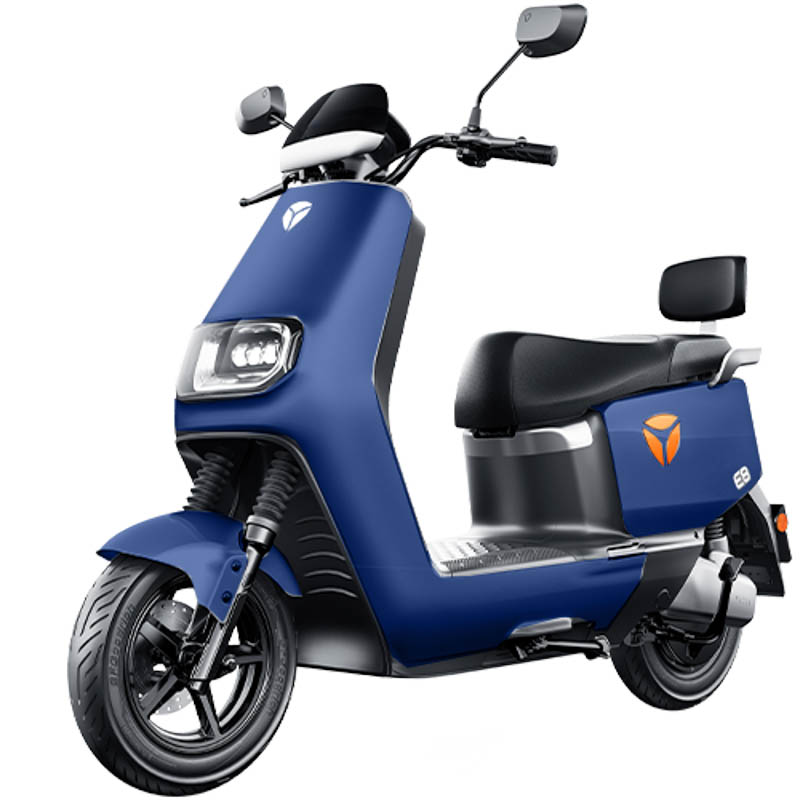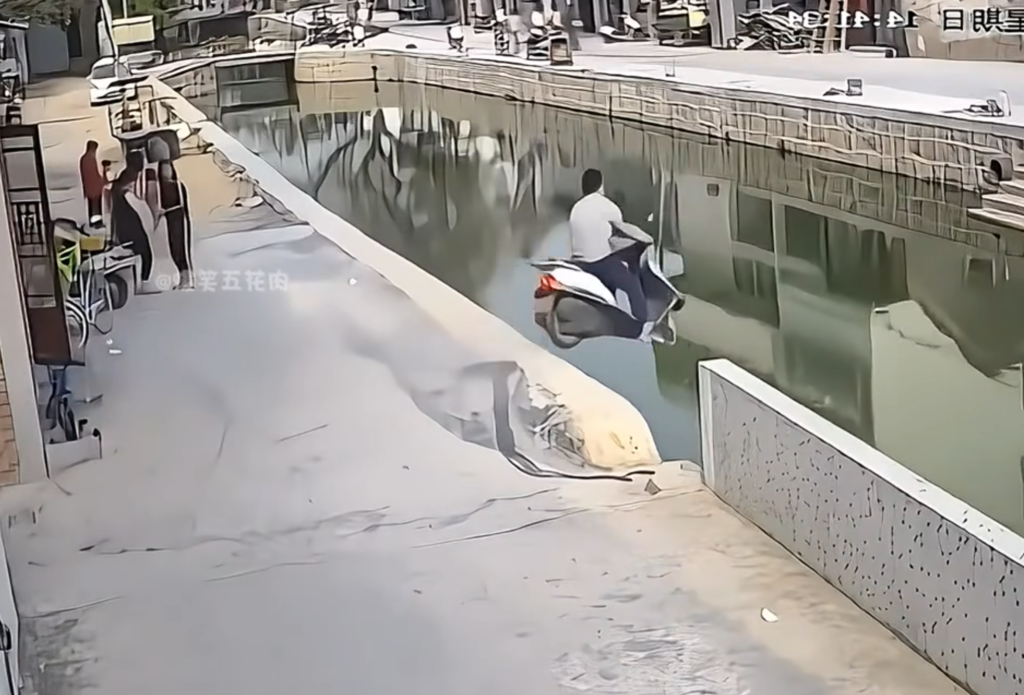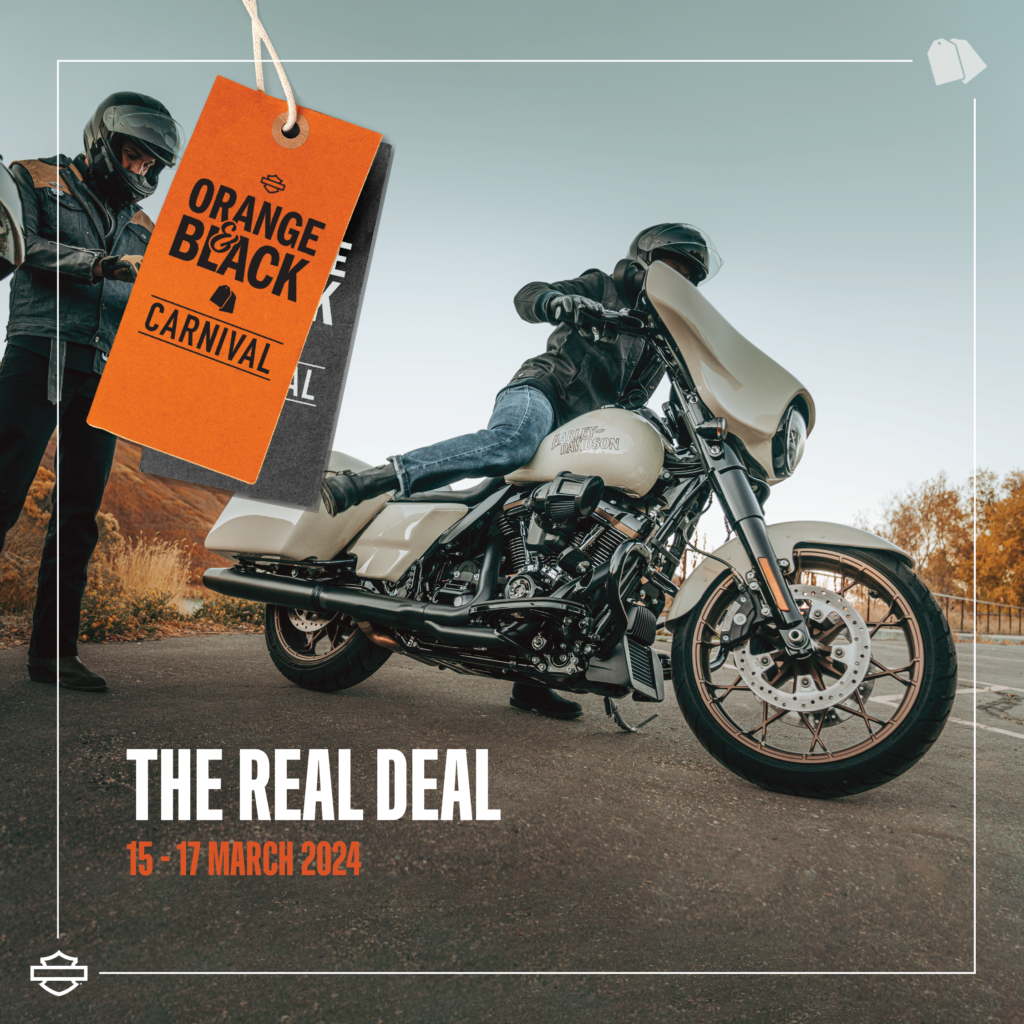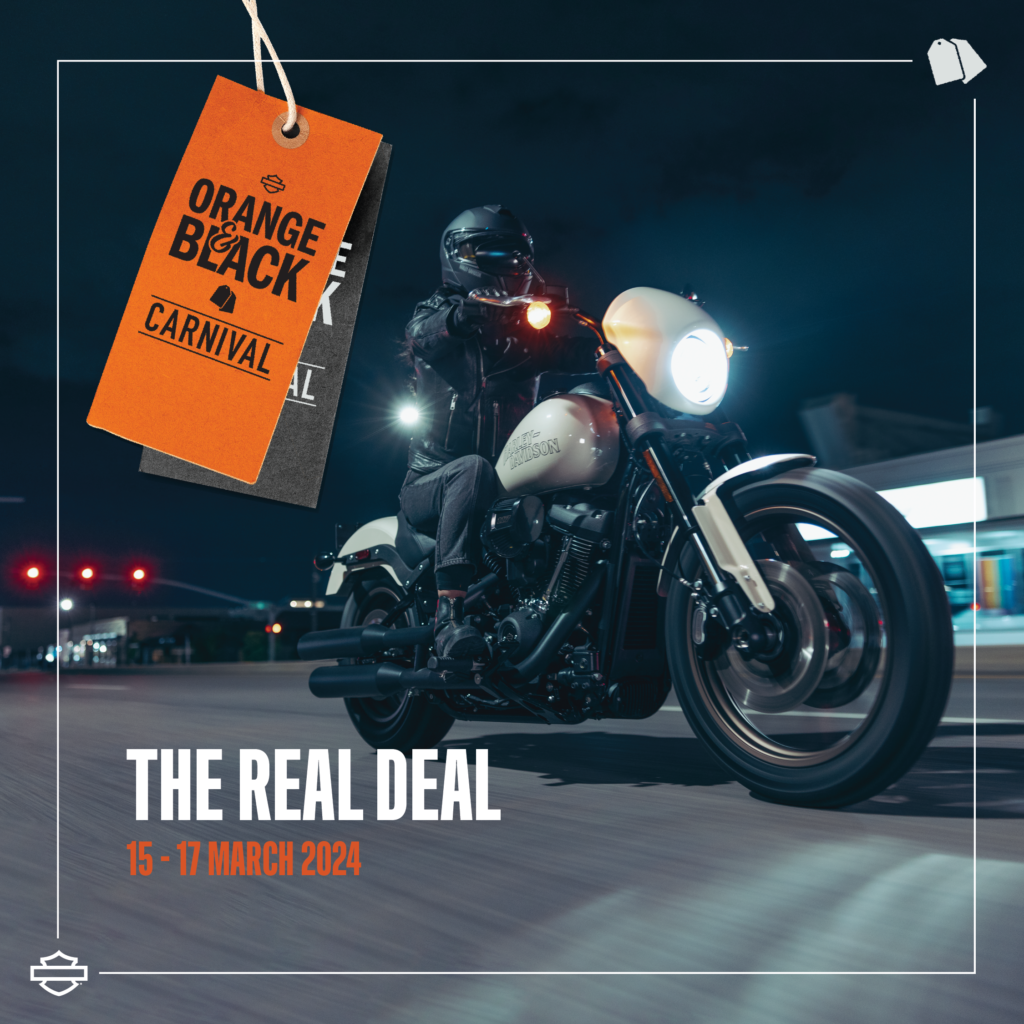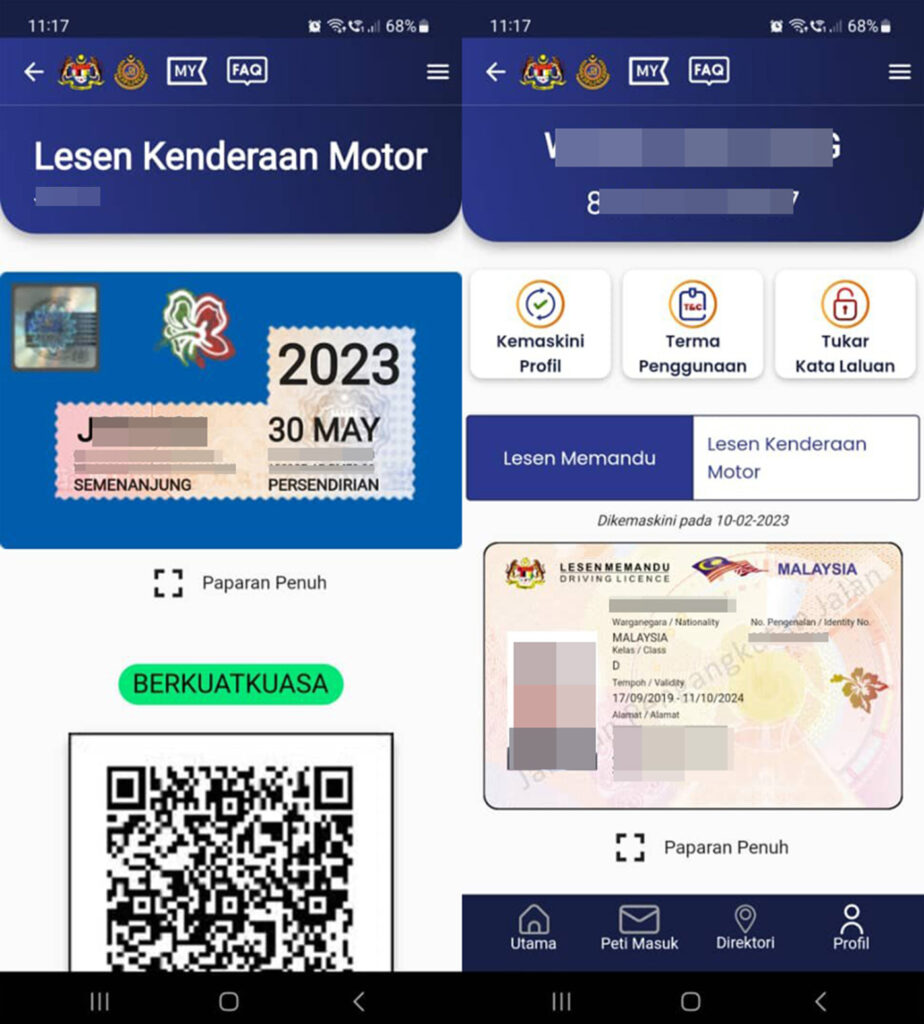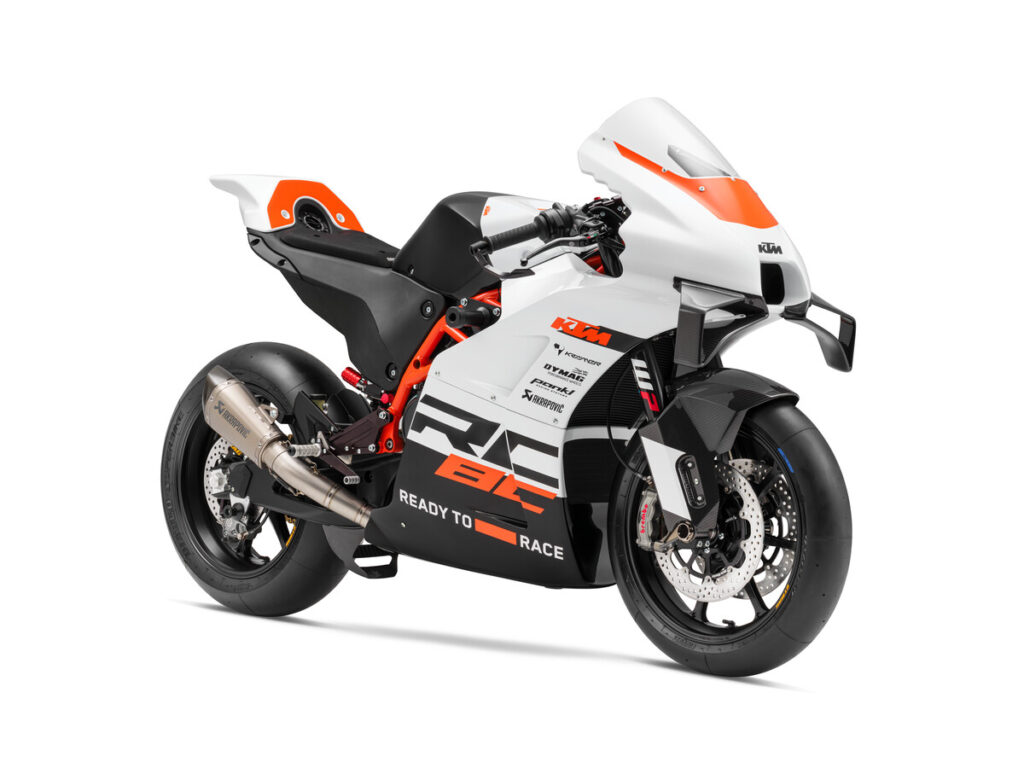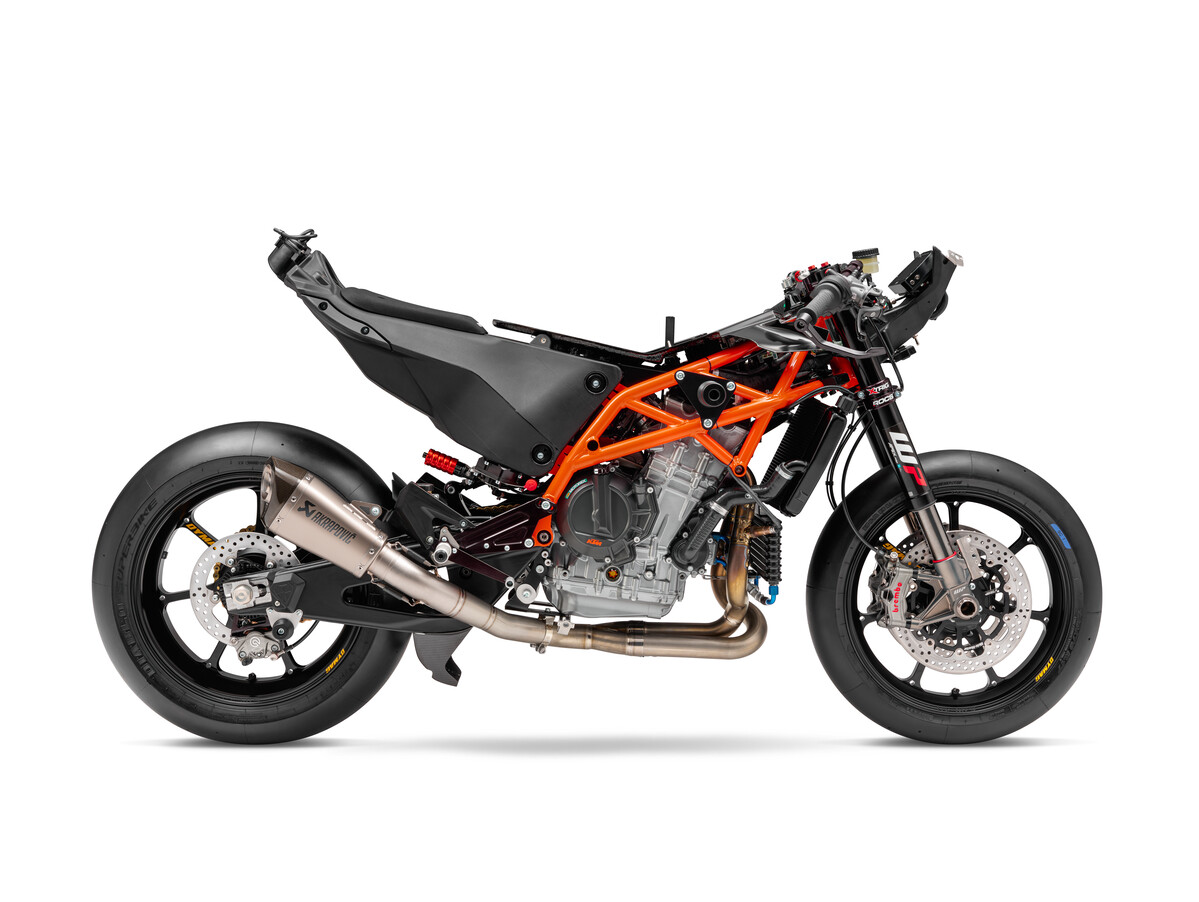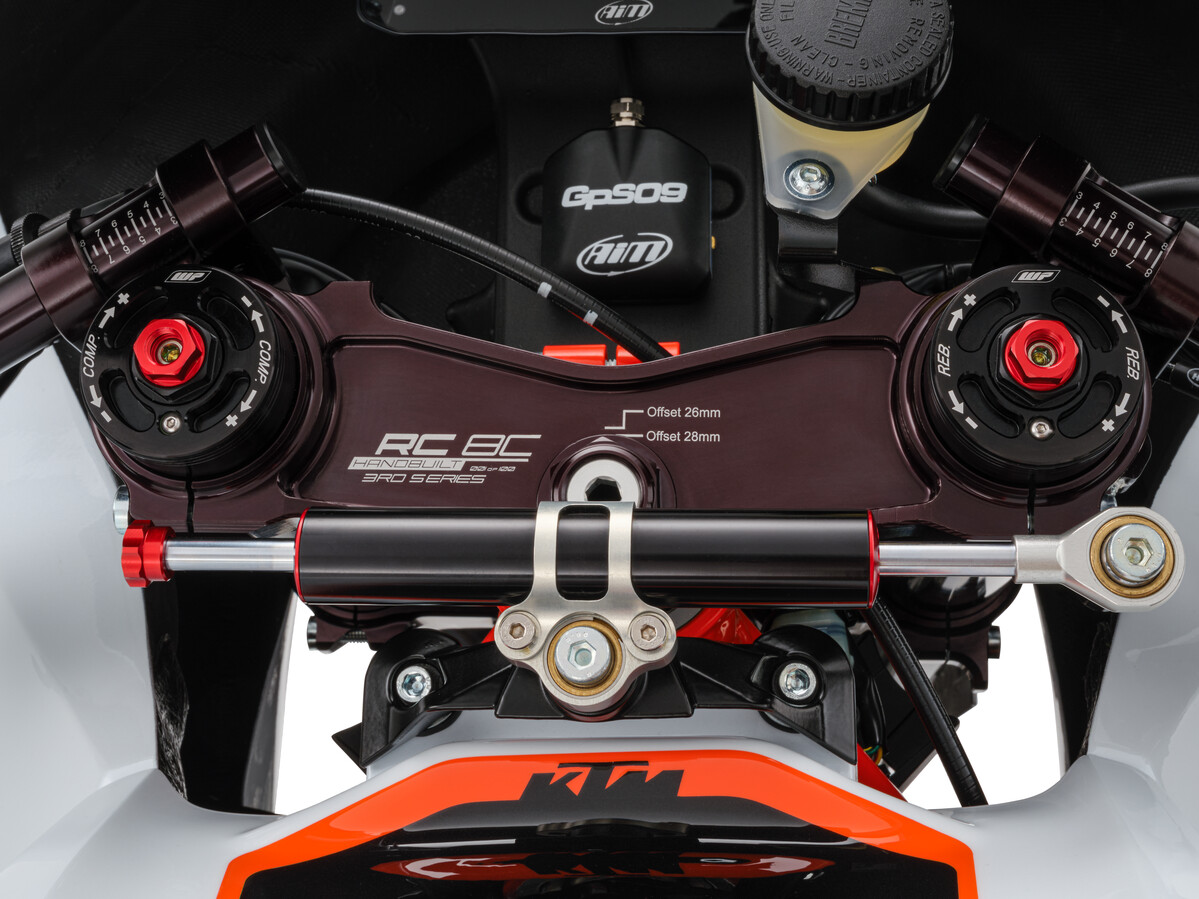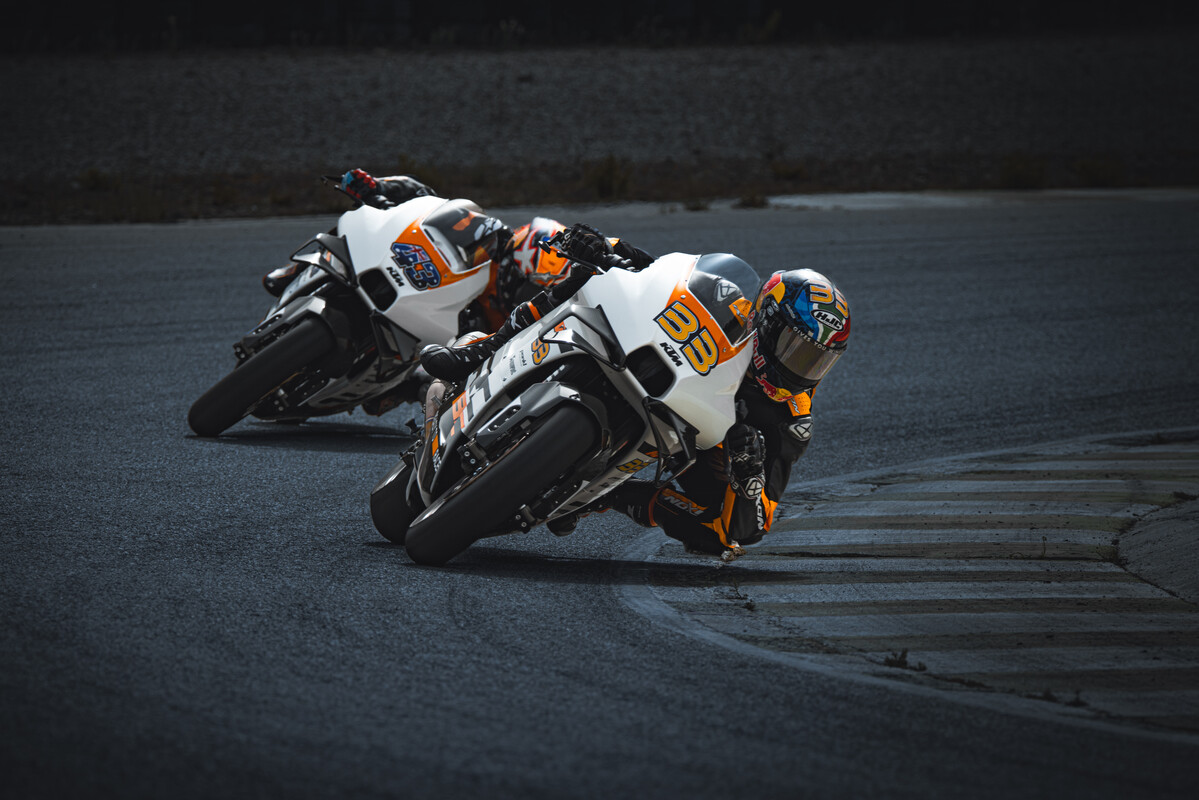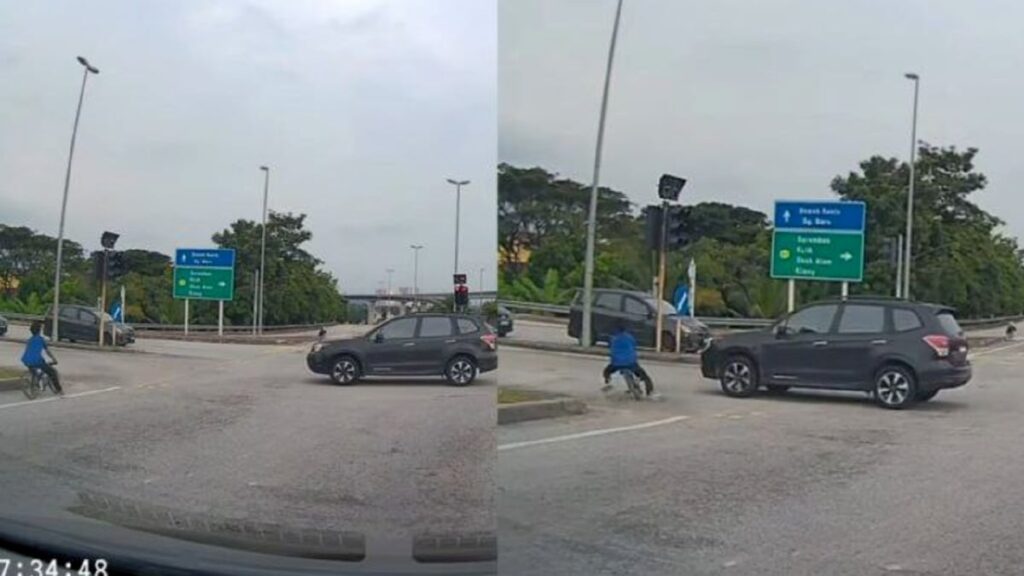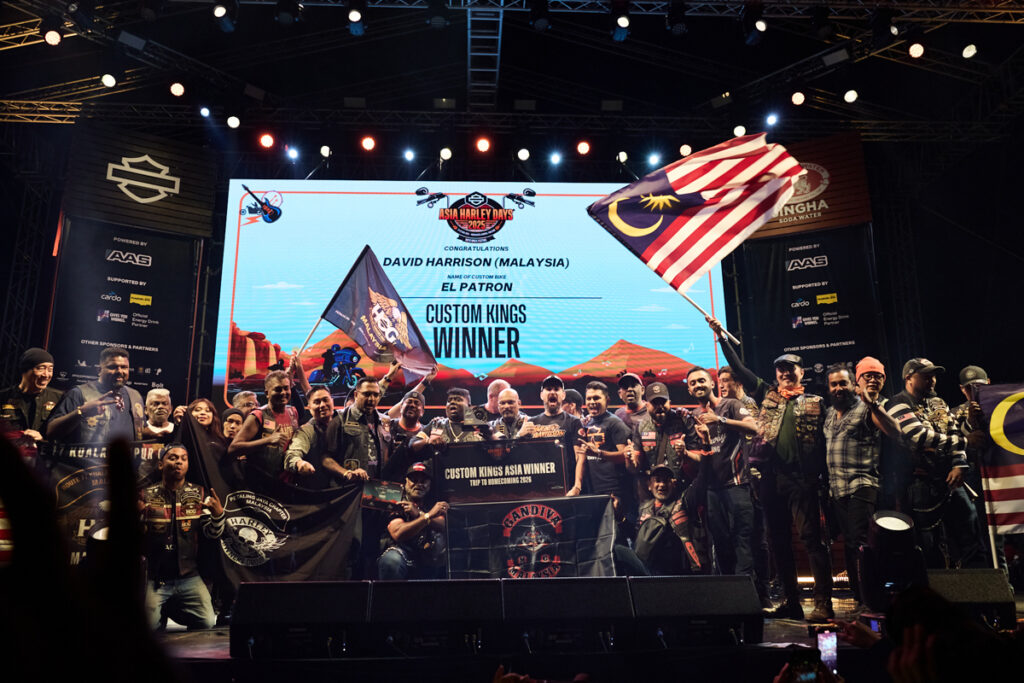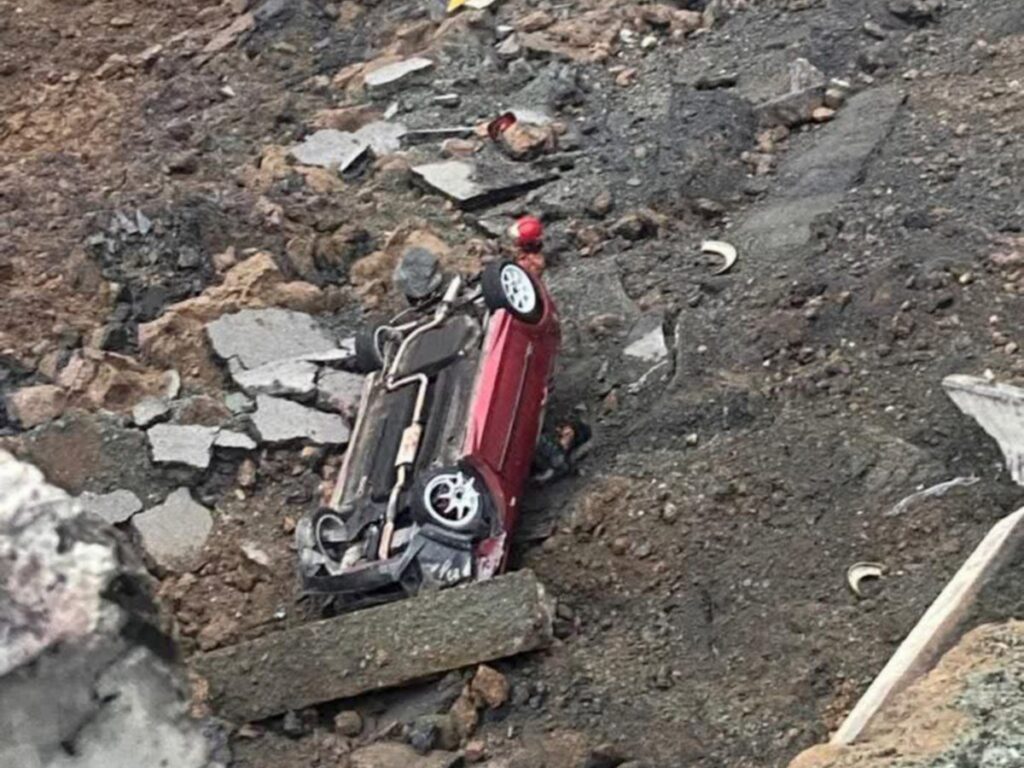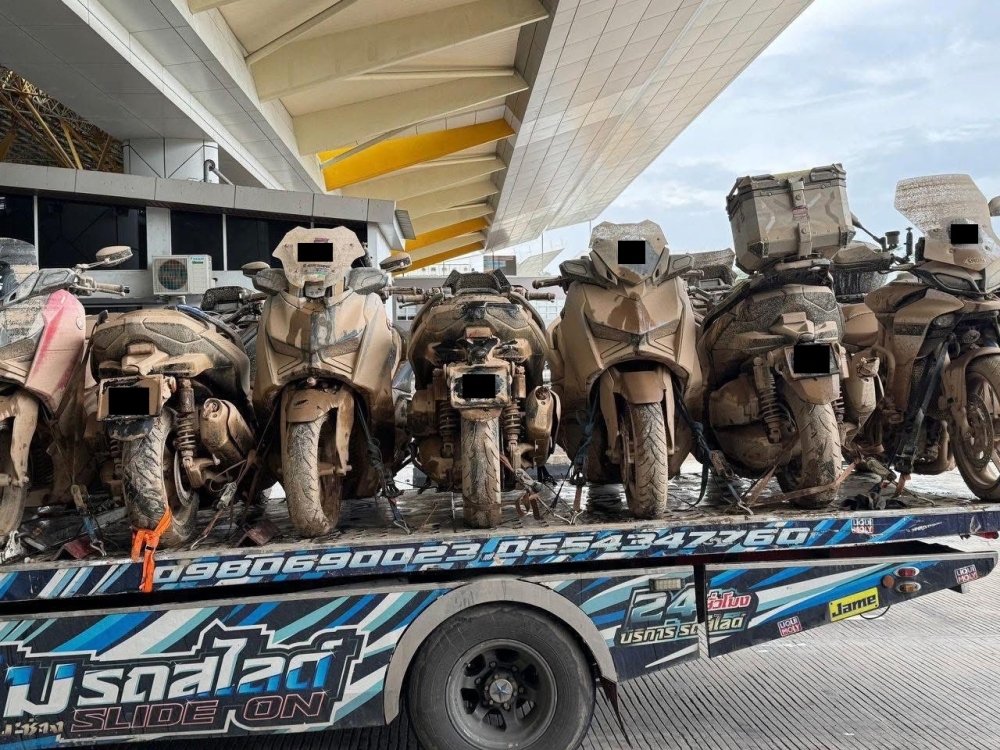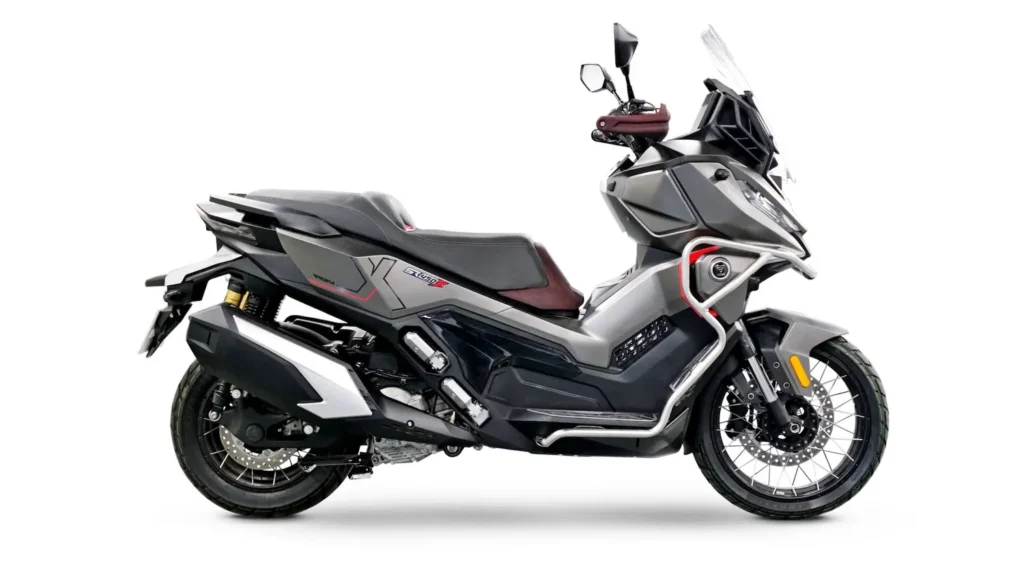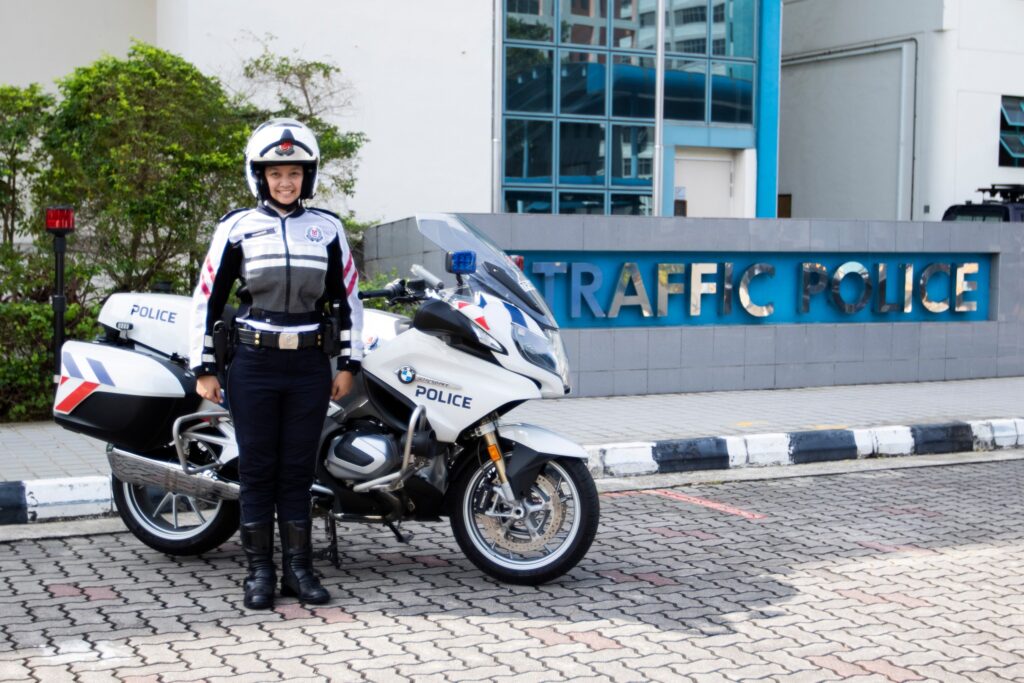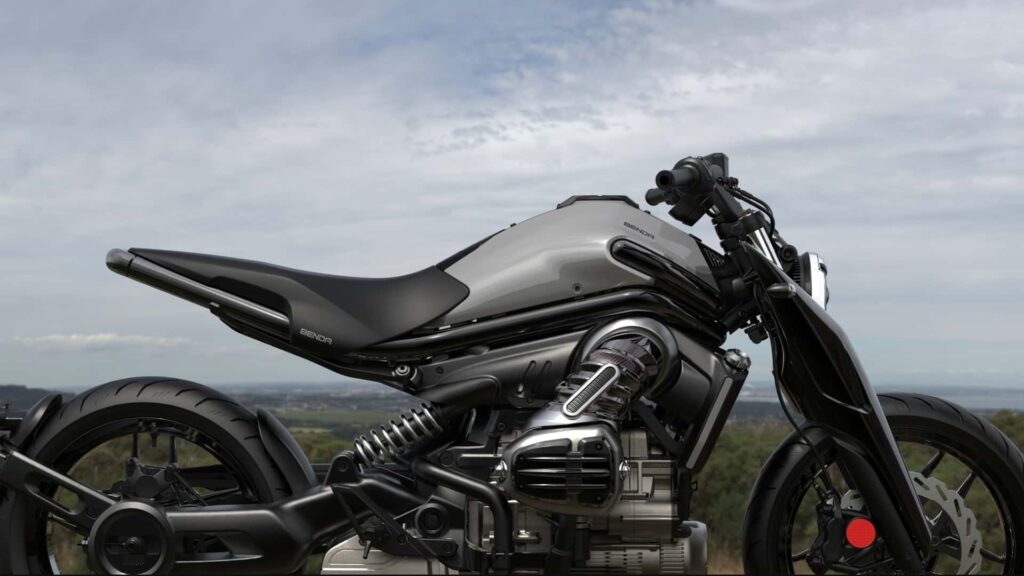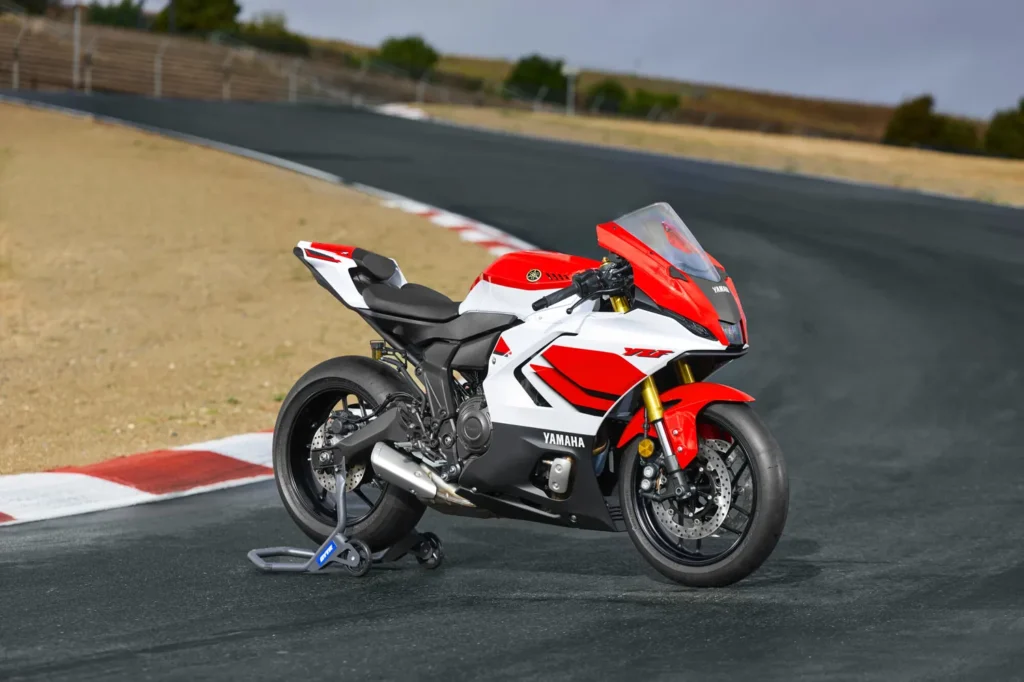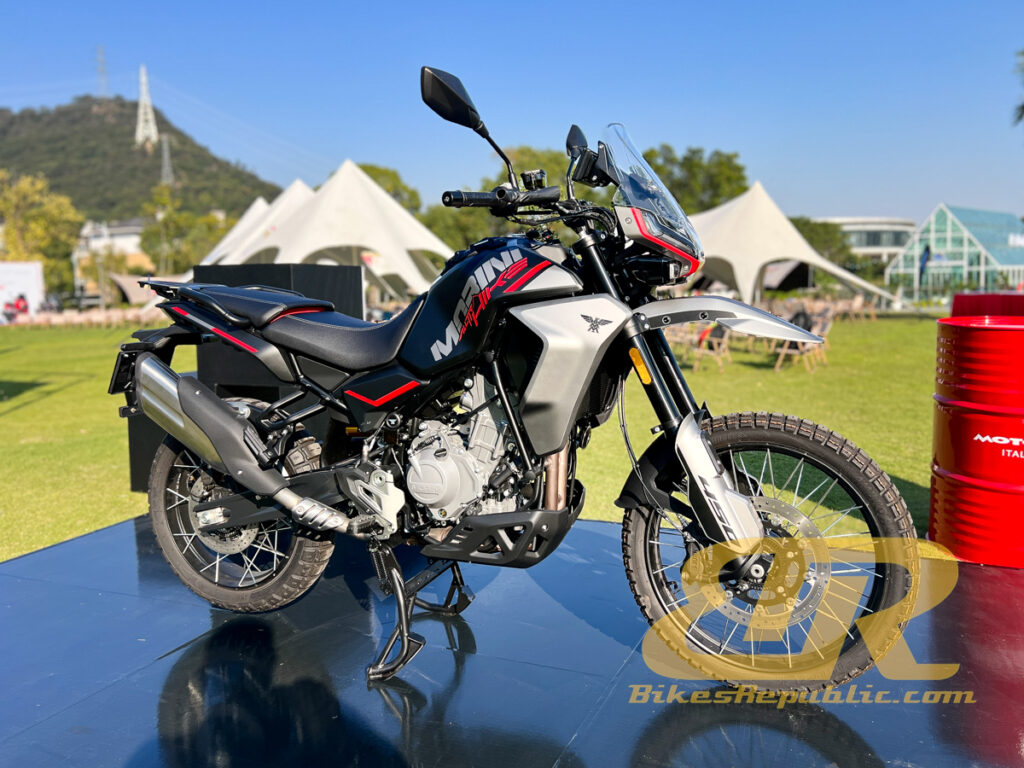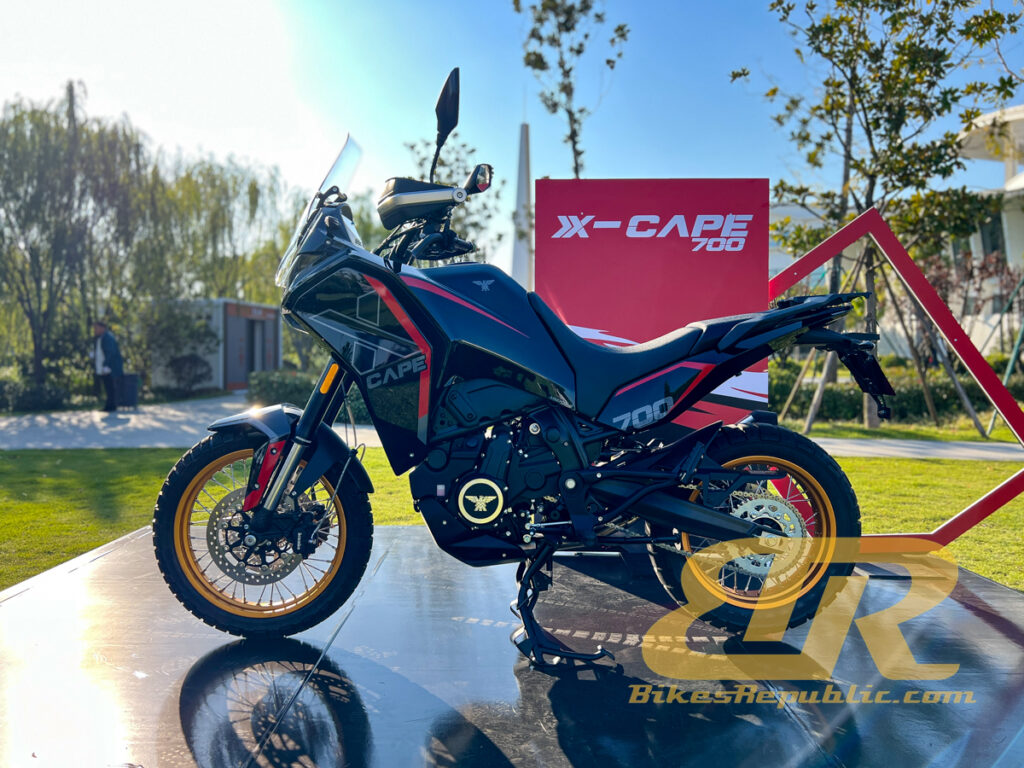They may make some of the most emotionally stirring bikes, but MV Agusta seems to be in dire straits (again) as they continue to struggle with finances. Only 1,823 bikes were delivered globally in 2023.
Back in 2018, they sold 2,748 units before the Black Ocean Group from Russia took over in 2019. Their investment saw some needed restructuring, with the promise of hitting 10,000 sales in 2-3 years thereafter. Unfortunately, the plans were scuttled due to the Covid-19 pandemic.
Yet sales in 2020, 2021 and 2022 fell short of the intended target despite the global motorcycle market’s recovery following the lifting of quarantines. In any case, 2022 saw nearly 3,000 sales but that was less than 50% of 2015 sales.
KTM Group stepped in to buy 25% of MV Agusta’s stakes in 2023, going on to handle the two strategic areas of purchasing and distribution. KTM was keen to bring the brand under their wings, but MV CEO Timur Sardarov had resisted vehemently, by including strongly worded statements to the press.
The Austrian giant’s investment gave MV the funds to expand their production capability, and indeed, a new line to produce 1,000 units per day was set up at the end of 2023.
Yet, they only sold the aforementioned 1,823 units, representing a precipitous 42.5% drop from the previous year.
MV Agusta had partnered with Loncin in 2019 on the premise of building more affordable 350cc – 500cc bikes for the Asian market, but there is no mention about this plan anymore.
Instead, MV had partnered with Chinese giant QJ Motor in 2020. Indeed, the Lucky Explorer 5.5 and Lucky Explorer 9.5 adventure bikes made their debut at EICMA the next year. They have also launched the Lucky Explorer 9.5 Orioli for 2024, which is a luxury version.
It has to be said that the MV Agusta brand, although a legend, had changed hands many times and none seemed to be able to help it. There was Cagiva (1991), Proton (2001), Harley-Davidson (2009), and finally Black Ocean Group (25% in 2016, full ownership in 2019).
It seems that MV is hurting themselves by producing ultra-limited, hence ultra-expensive motorcycles like the Superveloce 98 Edizione Limitata (main picture) that could only find a limited audience.
But that is MV Agusta. Their business exploits are as legendary as their achievements on the racetracks.

